Efficient service delivery through seamless process integration
Outsourcing of internal services is on the rise again.
The outsourcing of internal services to external providers has increased again in recent years. According to Statista.de, this trend will continue over the next few years. It can also be observed that there is an increase in multisourcing, i.e. the procurement of services from different providers. The control of an average of 13.5 providers (source: 4me) is not rare In larger organizations, this figure often rises to over 100.
The control and integration of external services is still challenging for companies.
The resulting increase in complexity in the control and integration of external services still poses major challenges for companies. For example, the design of contracts, on- and off-boarding of providers, integration of processes and tools, cultural differences, etc. are common issues we encounter with our customers. By applying an appropriate best practice model such as SIAM (Service Integration and Management), an efficient and effective way can be created in such environments in order to make the control seamless and frictionless.
The difficulties with regards to the technical integration of ITSM and source systems, illustrated by the incident process.
One topic that often presents our customers with difficulties is the technical integration of the ITSM and source systems or the processes of the different service providers (even when using tools from the same manufacturer), as well as the internal organizational units. It is often not considered that a seamless integration of these tools or the implemented processes can only be made possible with the appropriate technological support. A striking example is the Incident Process. The Incident Process can vary from customer organization to customer organization and from service provider to service provider. Different definitions of process parameters such as priority and criticality or even the individual process status leads to difficulties regarding seamless integration across organizational boundaries. Another challenge is that the data in the master system must always be kept up-to-date. This requires a flexible interface that feeds data bi-directionally into the respective systems. Finally, a clear and always traceable assignment of responsibility for a ticket in each process stage (ownership management) is indispensable for the end-to-end measurement of SLAs. We often experience that manually developed interfaces are used for this purpose, which are implemented with a lot of effort (on average between 40-50 working days). It is often not considered that a change to a central system also requires a change to the respective interfaces and can therefore also lead to high costs. This is especially true if, for example, the interface of a service provider is accessed, and the change needs to be commissioned separately.
The use of a corresponding ITSM tool independent middleware: Lomnido SIAM-Broker.
One way to solve this elegantly is to use appropriate ITSM tool-independent middleware or an integration platfrom such as the Lomnido SIAM Broker. By using standardized interfaces, normalization of the data stream and transactions, a connection between the respective tools can be established quickly and efficiently, usually with little configuration effort. The installation and configuration effort can be drastically reduced by the upstream connection of a middleware and later adaptations through system changes can be realized without large additional costs. In addition, the communication flow within the SIAM ecosystem is recorded seamlessly and transparently, which, in addition to the associated commitment, also contributes to the cost reduction of each connection over the entire life cycle.
If you need more information or are interested in a demo, please contact us






